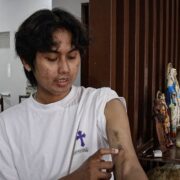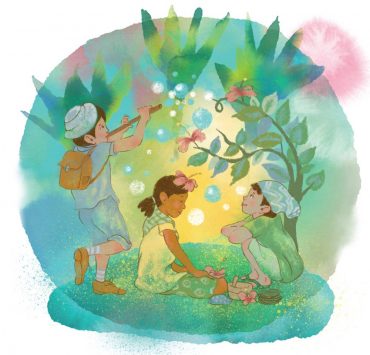More than a ‘personal choice’: Science proves value of vaccines
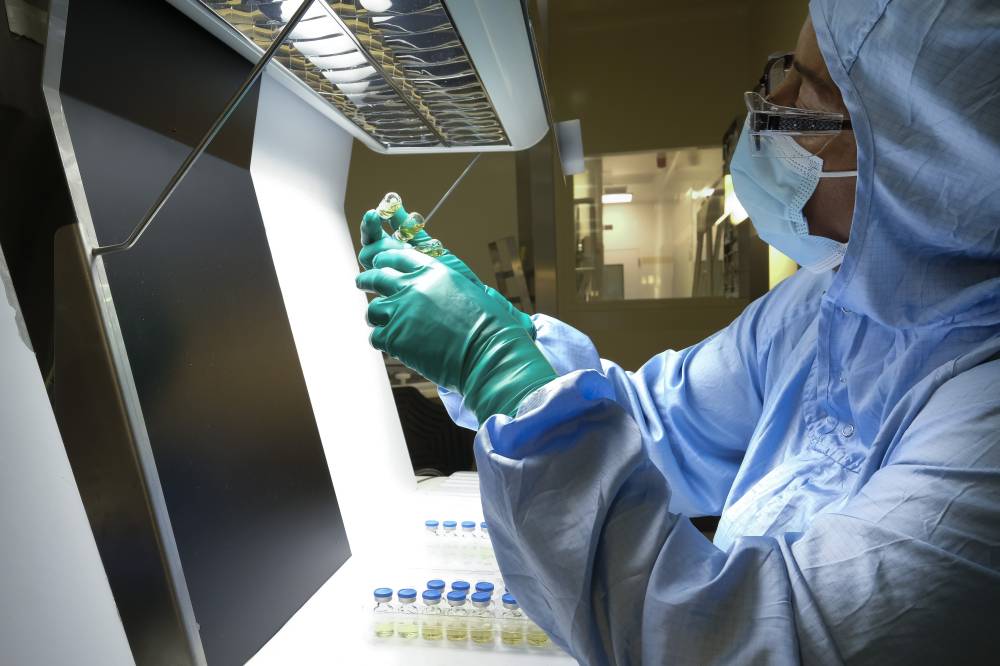

WAVRE, BELGIUM—Infectious diseases may have had quite a head start but mankind has been using some form of inoculation as early as the 10th century in China to prevent the spread of smallpox.
Vaccines are prepared drug products that activate the body’s immune system to prevent or fight off a particular infection; vaccines often use a minimized form of the pathogen. Vaccines get their name from the Latin name for the cowpox virus, which was used by British Dr. Edward Jenner to fight the aforementioned smallpox in 1799; it was Jenner who coined the word “vaccine.”
Filipinos are all too familiar with this word for a variety of reasons. The COVID-19 pandemic showed the urgency of developing a vaccine for an emergent pathogen. The first COVID vaccine was administered by Filipino nurse May Cestina-Parsons to a 90-year-old grandmother in the United Kingdom in December 2020. A study by the Imperial College of London estimated that the vaccine saved 20 million lives and that even more could have been saved if not for a vaccine shortfall. Data site Statista estimates that 79.2 million Filipinos have been fully vaccinated against the virus.Prevention
The main point of vaccines, of course, is prevention. GlaxoSmithKline (GSK) devotes ⅔ of its medical portfolio to studying and fighting infectious diseases and HIV, says Madeleine Breckon, GSK’s vice president of product and pipeline vaccines communication and government affairs.
GSK already has more than 20 vaccines available for everything: from the flu to meningitis; 20 more candidates are in the pipeline. GSK estimates 3.5-5 million deaths are prevented each year by vaccination and the World Health Organization (WHO) ranks vaccines as being second only to access to clean drinking water in saving lives.
Breckon adds “vaccination helps people at all stages of life, from infancy, childhood and adolescence into adulthood and older age.”
This is important when one notes how many people are still dying from vaccine-preventable diseases (VPD) around the world. The WHO recorded 619,000 deaths from malaria in 2021; one out of six who get ACWY meningitis strain die.
One of the most common misconceptions about vaccines is that you only need to be vaccinated once. As recent COVID experiences show us, immunity via booster shots are necessary.
A very common infection that requires booster shots is tetanus, colloquially known as tetano, caused by a certain bacterium than often is contracted through a contaminated wound, and affects the brain and muscles. Left untreated, it can be fatal. The recommended time between booster shots is 10 years.
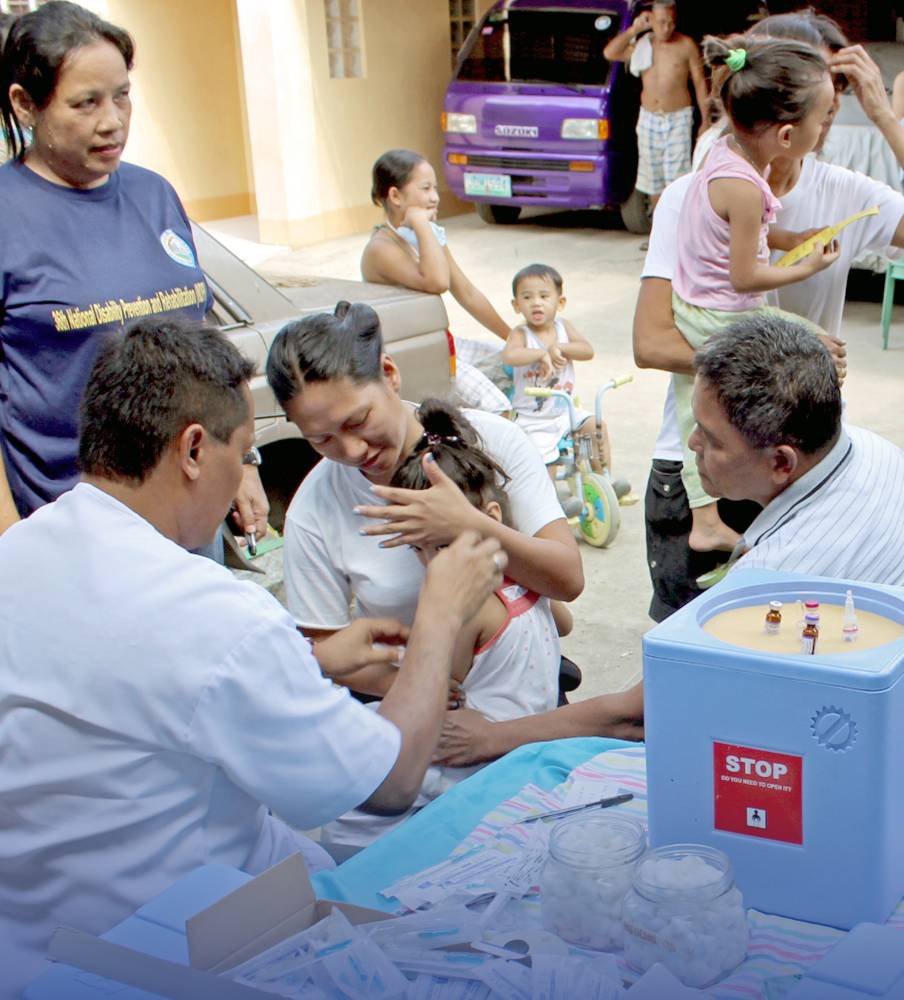
GSK’s vice president and medical affairs head for vaccines, Dr. Piyali Mukherjee, notes that “vaccination offers an additional preventive measure for health in older patients as the immune system changes over an individual’s life.”
Age as risk factorSimply put, the older you get the higher the risk of infection. “Older age is a risk factor for hospitalization and death for COVID-19,” said Mukherjee.
The metrics show people are living longer lives than ever before; life expectancy is expected to rise by 4.4 years by 2040 and by 2100, 30 percent of the population will be 60 or older.
“In older adults, vaccines can help prevent infectious diseases and improve quality of life.”
GSK has pretty much gone all-in with its vaccine development and manufacturing. GSK’s Wavre manufacturing site is the size of 70 soccer fields. GSK’s vice president and head of Belgium operations Rudi Rosolen adds they have 37 manufacturing sites and some 17,000 personnel around the world.
The Wavre site is something out of a sci-fi movie, with workers in sealed-off areas wearing plastic suits, masks and goggles, aided by robots. GSK’s head of immunology, research and development Dr. Yannick Vanloubbeeck says the need to develop new vaccines is paramount because new pathogens are emerging all the time—and some old diseases have yet to be completely eradicated.
Despite the robots in the factory, it’s still the human expertise that is crucial to developing vaccines that must pass stringent standards of multiple countries. Dr. Vanloubbeeck says that research and development “is central to our purpose to get ahead of disease altogether”; hence the over 20 more vaccine candidates still in the pipeline.
Vaccine hesitancyYet the most important step has always been to make people aware of the need to be vaccinated or take booster shots through disease awareness campaigns. The more information and transparency out there, the better, because vaccine hesitancy has actually been identified as a problem that could lead to more VPDs.
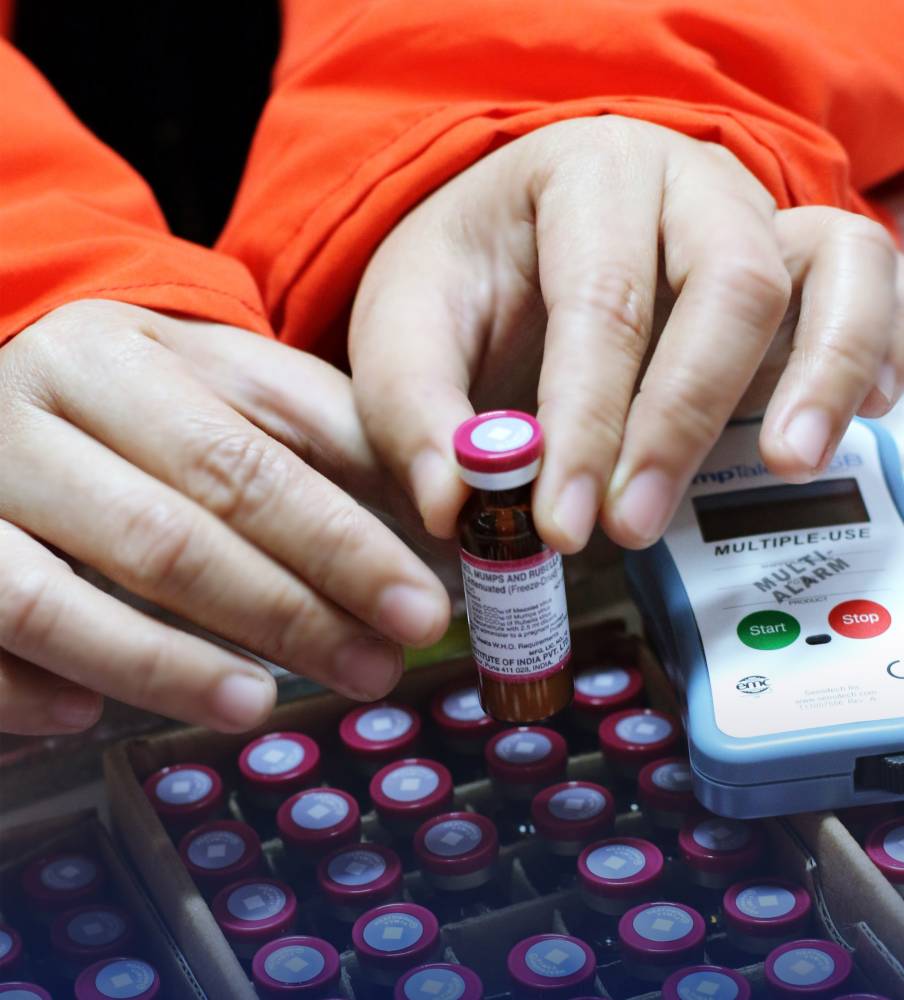
In the Philippines, the controversy surrounding the Dengvaxia vaccine and the COVID-19 vaccine itself has clouded the value of immunization against two medical problems.
A new epidemic-prone disease case surveillance report from the Department of Health (DOH) recorded 72,333 dengue cases from January to June 2023,14 percent higher than the number in the same period the year before; it also reported 249 deaths due to dengue in 2023.
The DOH is running a vital National Immunization Program (NIP) because VPDs like polio, diphtheria, tuberculosis, hepatitis B, among others, remain prevalent. The DOH NIP conducts promotion, immunization sessions, monitoring and data collection with the eventual goal of a 100-percent immunization rate for children as recommended by WHO and Unicef (the NIP only recently included older individuals).
While many Filipinos consider vaccination to be a personal choice, the science and the numbers about its value in disease prevention and treatment are clear, especially as the population gets older.






